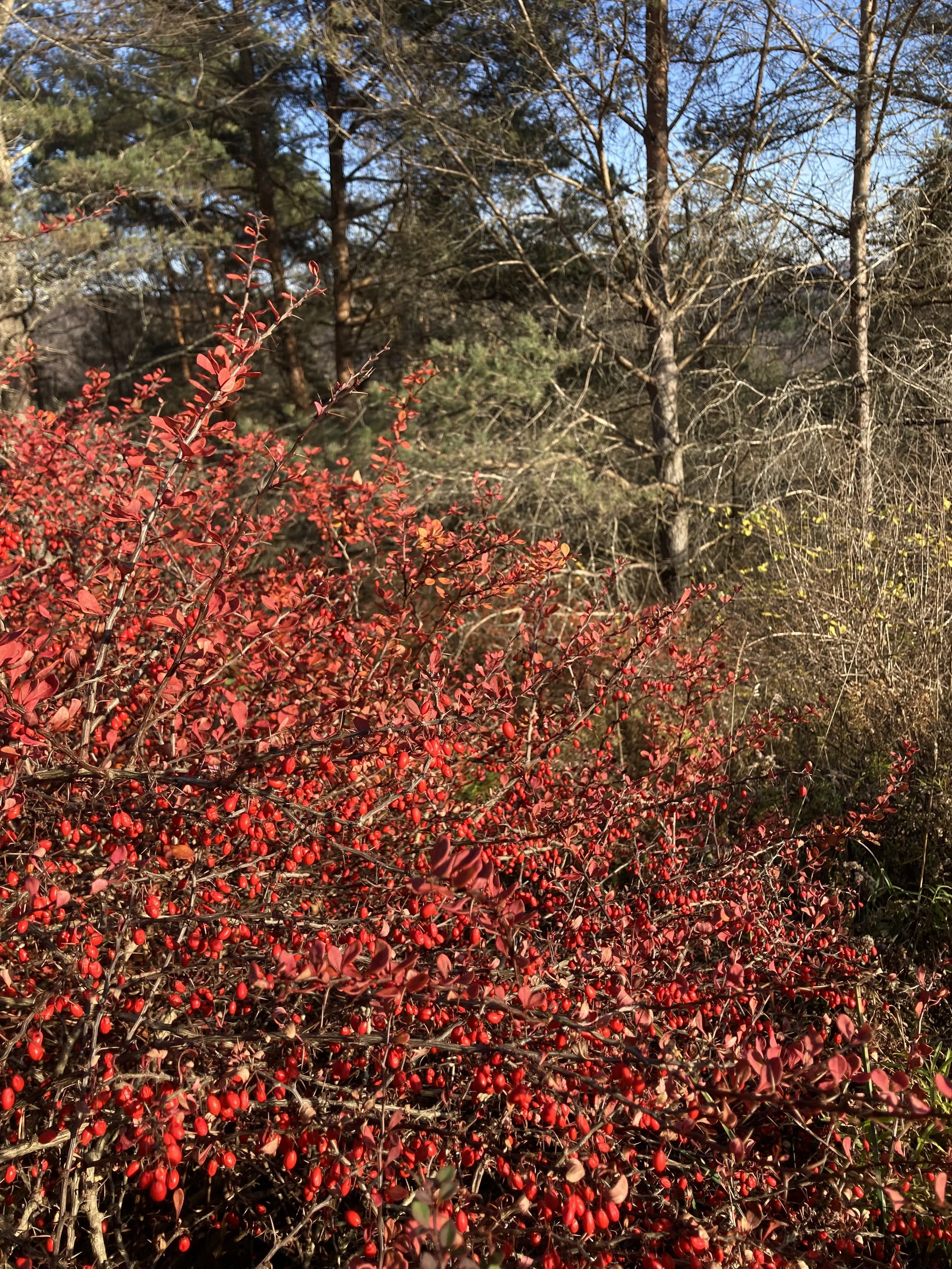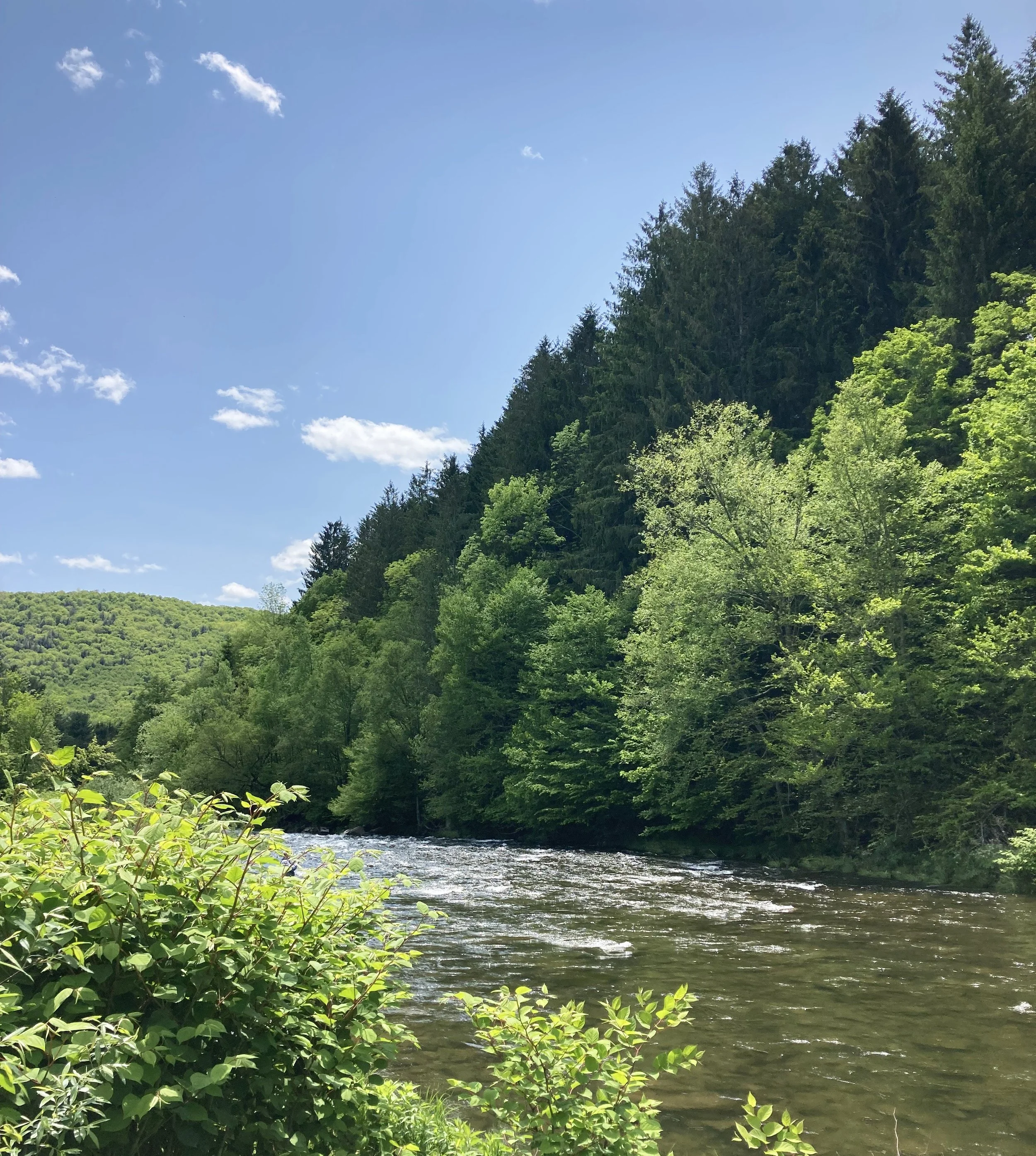Best Practices for Land Management
While climate change, invasive species, and other environmental challenges can be overwhelming, the good news is that there are many ways you can help. Managing your land to support wildlife, water health, sustainable forestry, and scenic views is something all landowners can do.
The information below may be useful when managing your land for better health and extreme weather resilience.
New York State Forest Health Programs
Regenerate NY Grants for Landowners: The purpose of this grant program is to support the regeneration of forests so they may continue to deliver vital services such as mitigating climate change, protecting air and water quality, and supporting the economy.
NYS 480-a Forestry Program: For landowners with 50 or more contiguous acres.
Invasive Species Support
Emerald Ash Borer (EAB) Decision Matrix for Landowners. This document provides guidance to landowners regarding assessing the health of their ash trees and determining what steps to take regarding those trees that are impacted by the emerald ash borer.
Hemlock Woolly Adelgid Resources for Landowners. This website describes treatment options where landowners find the hemlock woolly adelgid has infected their hemlock trees.
Catskill Region Invasive Species Partnership (CRISP). The partnership’s mission is to promote education, prevention, early detection and control of invasive species to limit their impact on the ecosystems and economies of the Catskills.
Promoting Native Species
Plant Native! website. CRISP is a partnership hosted by the Catskill Center for Conservation and Development. The website provides a good source of information on native plants in the Catskills.
DEC Tree Nursery/Seedling Sale. The DEC Nursery in Saratoga Springs conducts an annual spring seedling sale where tree species native to the Beaverkill Valley may be purchased for planting by landowners.
Protecting Streambanks and Riparian Areas
Trees for Tribs: This program is a statewide effort to reforest New York's tributaries — small creeks and streams that flow into larger rivers and lakes — by planting trees and shrubs along these waterways. The program provides landowners, municipalities and conservation organizations with low-cost or no-cost native plants and free technical assistance.




